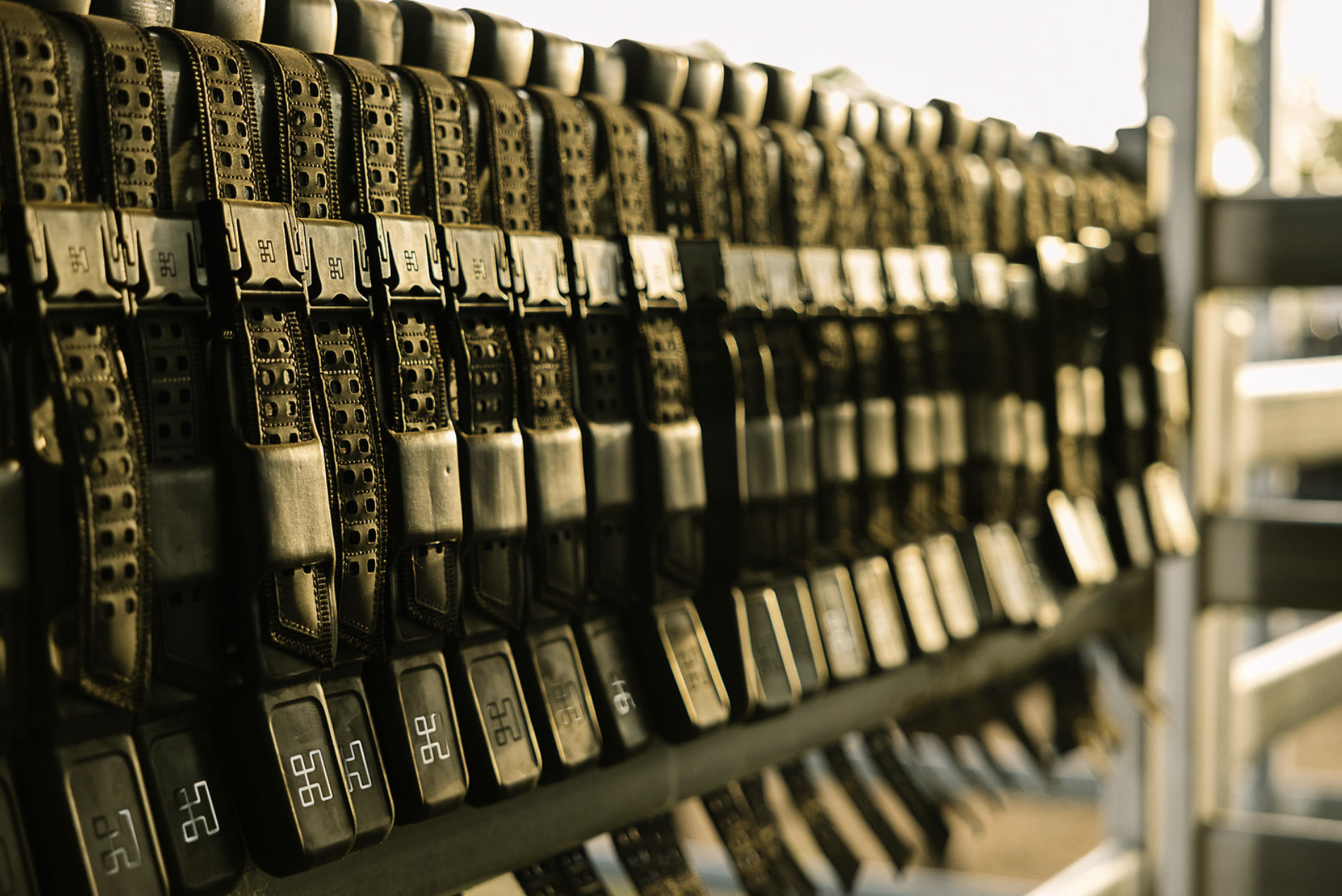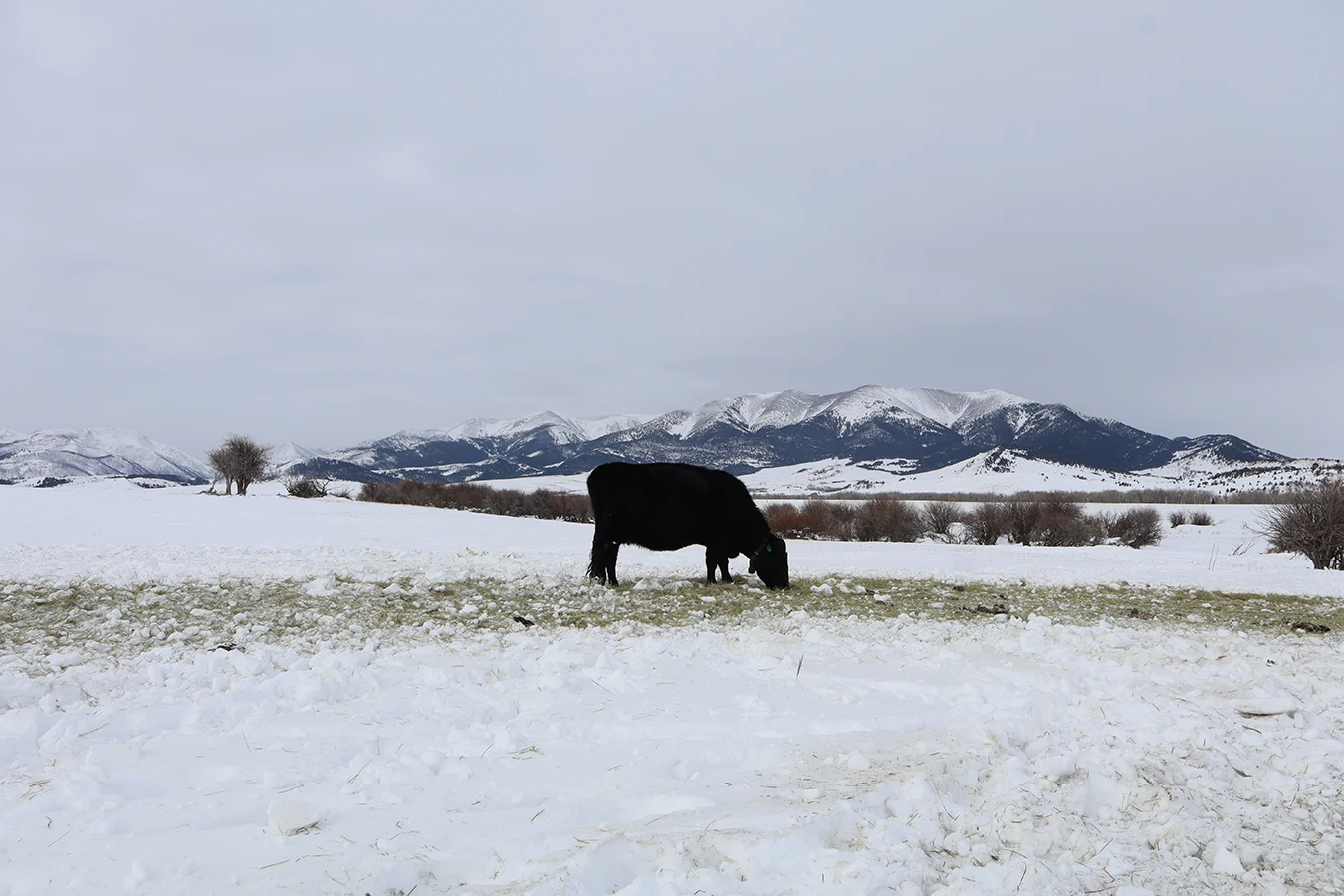Managing multiple mobs during calving
Calving season. More mobs, more work, less time and a whole lot less sleep. From dry cows to springers, colostrums and milkers, each mob has an important part to play in ensuring a successful season. However, with additional mobs comes increased labour requirements during a season that we know is relentless. We discuss how dairy farmers can achieve the benefits of running multiple mobs to prepare for a successful season ahead, without any additional workload.
Manage multiple mobs without leaving the milk shed using Halter's smart cow collars and mobile app
Why is running multiple mobs critical during calving?
During calving season, the needs and routines of your herd are so diverse that it becomes logical to split herds into multiple mobs. Heifers and cows near calving join the springers mob for close monitoring, while your dry mob needs regular pasture rotation but isn’t being milked daily. Recently calved cows are separated from the herd to ensure that colostrum milk isn’t added to the vat, and cows that have calved and are past the withholding period are ready to rejoin your milkers to start producing saleable milk. There’s a lot going on. Add in mobs for sick and injured cows, or late calvers, and your list of mobs grows longer.
Is it worth splitting your herd into multiple mobs?
Waikato farmer Jay answers this with a firm yes. Jay runs 245 cows on his 87-hectare Raglan dairy farm as a solo farmer with a young family. This season, he has used Halter to split his herd into smaller, more specialised mobs as he comes into calving. “This year, I’m running two dry mobs which I’ve never done before. I’ve split them into the lights and heavies, and it makes no time difference at all”, he says.
The ability to split his herd by Body Condition Score (BCS) has meant that Jay’s cows are coming into calving in ideal condition, and he’s not worried about his lighter or younger girls being bullied off the feed. He’s also able to allocate each mob the precise amount of feed that they need to ensure his paddocks are in prime condition coming into spring. As Jay explains, every farmer’s goal is to set their cows up for a successful birth and subsequent milking season. “Because of Halter, the cows are in great condition for calving and I’ve been able to grow more grass for spring grazing,” he says.

How to manage multiple mobs using virtual fencing
The need for setting up additional fencing when running multiple mobs is a vital time drain during a busy calving season. This is where Jay says Halter’s virtual fencing module frees up significant amounts of time, he also notes how straightforward the transition from setting physical fences to using the Halter app to draw virtual fences was.
Even better, he says, is the ability to check on his girls from anywhere, and adjust their breaks in real-time. Using the time saved by no longer moving fences, Jay is now able to check on his cows and prioritise other critical calving jobs. Meanwhile, he can use the app to view his cows from anywhere and see whether they’re spread out in the paddock, or bunched up and ready for new feed. “Being able to create fences virtually means instead of spending time setting fences, I spend more time looking after my cows,” he says.

Milk multiple mobs without leaving the milk shed
Another challenge of running multiple mobs is the constant shifting of cows around the farm, particularly when labour is limited or several mobs need milking. Jay overcomes this by remotely shifting cows around his farm with Halter, scheduling shifts ahead of time so that his mobs move in the background and he can remain focused on the task at hand.
In addition, milking colostrums and milker mobs separately during calving season doubles the workload for farmers, however, with Halter, a single farmer can milk multiple mobs by themselves. “Before Halter, I would have had to follow the milkers back and bring the colostrums in before getting started”, says Jay, now the second mob can simply be scheduled to arrive at the shed as the first leaves, dramatically changing what milkings look like for him. “Having Halter this season, the plan is to be able to milk both my milkers and colostrums by myself in the shed. I can schedule the colostrums to arrive once I’m finished with the milkers,” says Jay.
Why farmers are using Halter to manage their mobs
For farmers across the Waikato, the ability to manage multiple mobs without an increase in time or labour requirements is making this calving season their most efficient yet. Jay and other Halter farmers have been able to ensure their girls are calving in optimal condition, increasing the chance of a safe birth for mother and calf, and setting cows up for a productive start to the season.
Halter couples a solar-powered smart collar with a simple app that allows farmers to remotely shift, virtually fence and proactively monitor their cows’ health, feed and behaviour. Click here to book a call with our team to chat through what Halter could look like on your farm.
Related Blog Posts
See all articles
Get ready for your first mating season with Halter
In this post we run through tips for your first mating season with Halter cow collars.
Read more
From Escape Rooms to Agritech: Meet Dylan, Software Engineer at Halter
From wiring escape room puzzles to building AI-powered pasture predictions, Dylan’s always followed tough, real-world problems. Now at Halter, he’s helping farmers and ranchers forecast grass growth with satellite imagery, weather data, and machine learning models.
Read more
Virtual fencing approved in South Australia
South Australia has officially given virtual fencing technology the green light for virtual fencing! This decision removes restrictions and immediately provides farmers with access to precision livestock management tools that are already successful globally.
Read more





